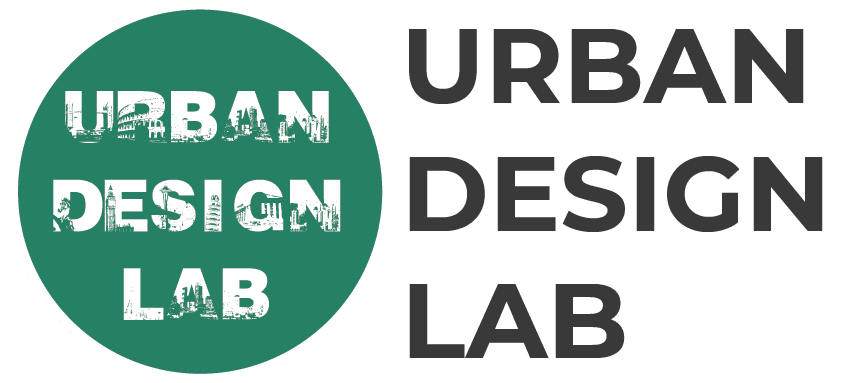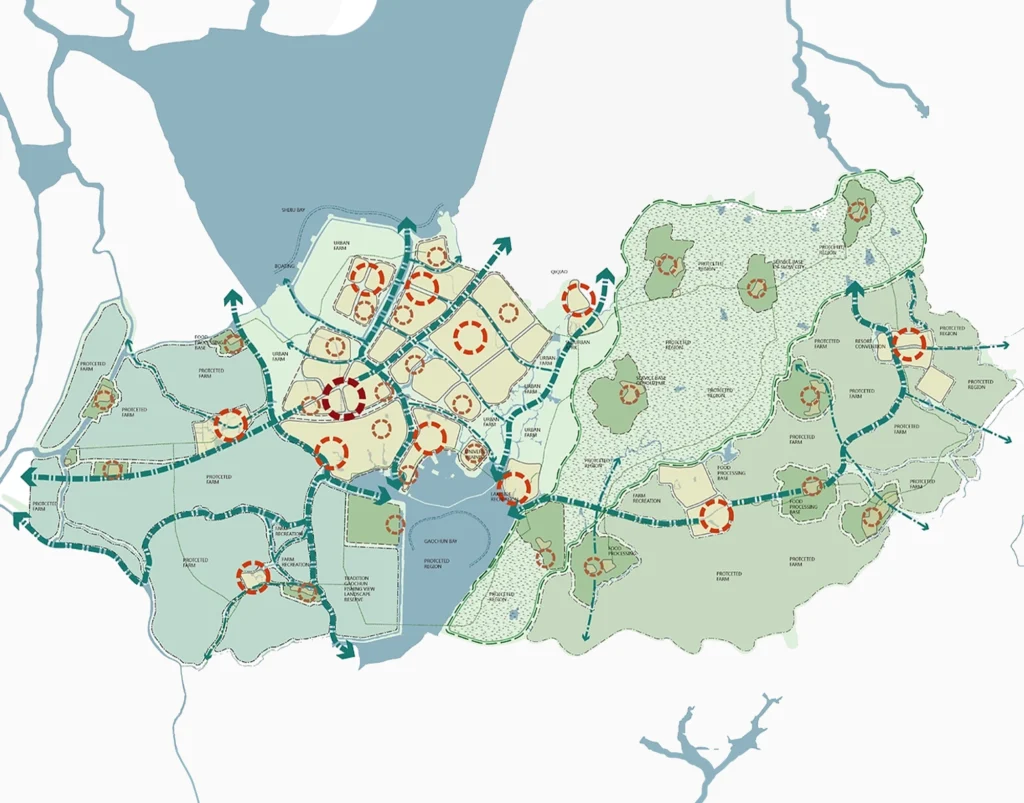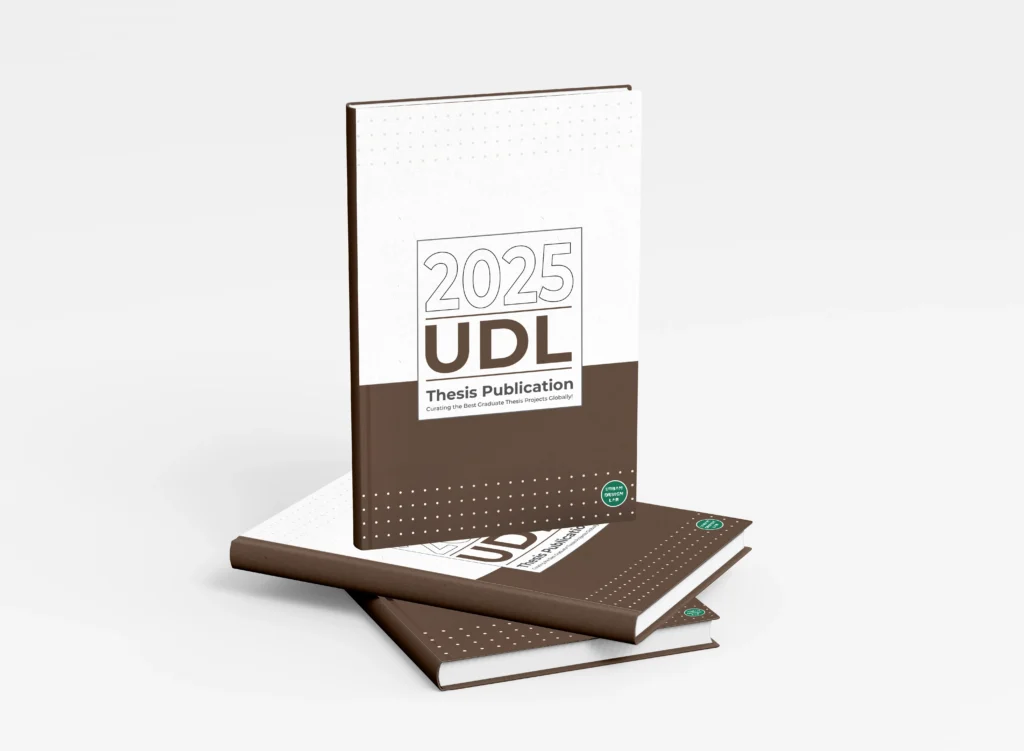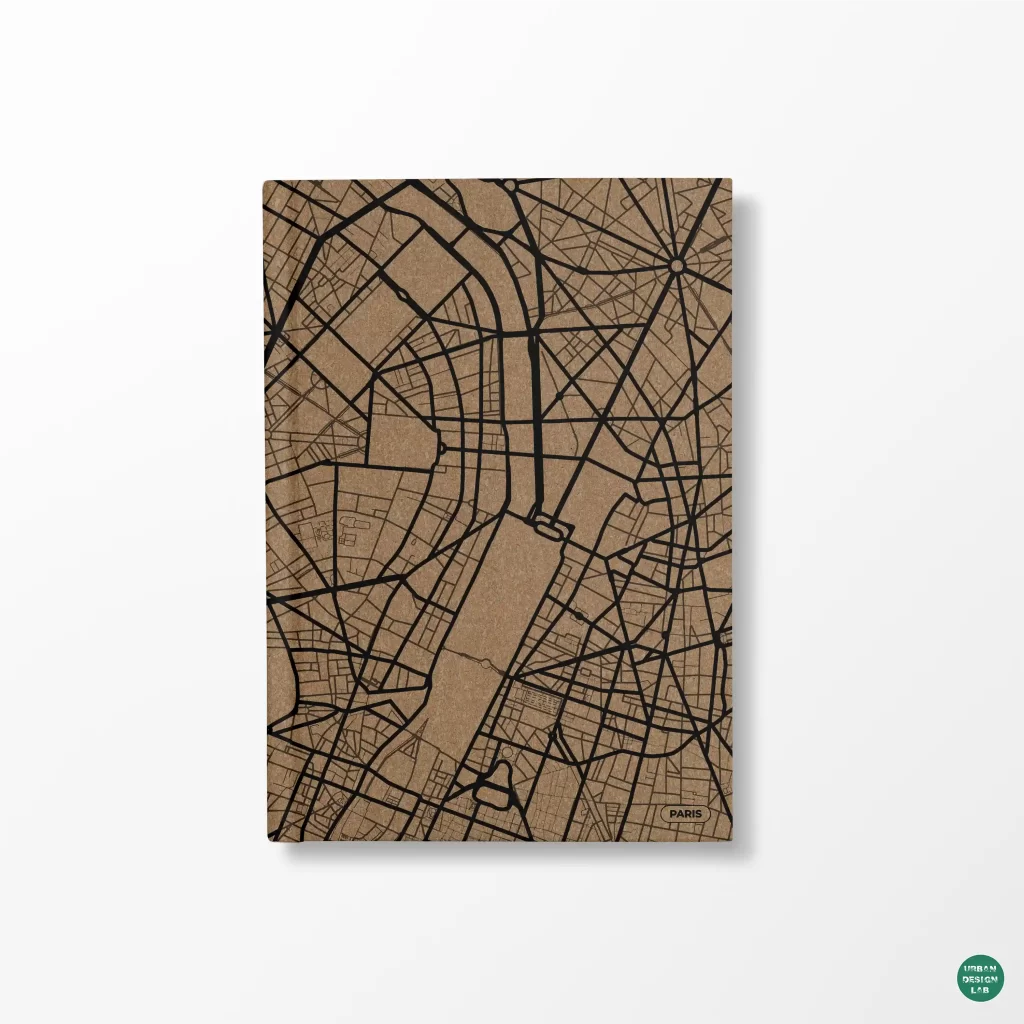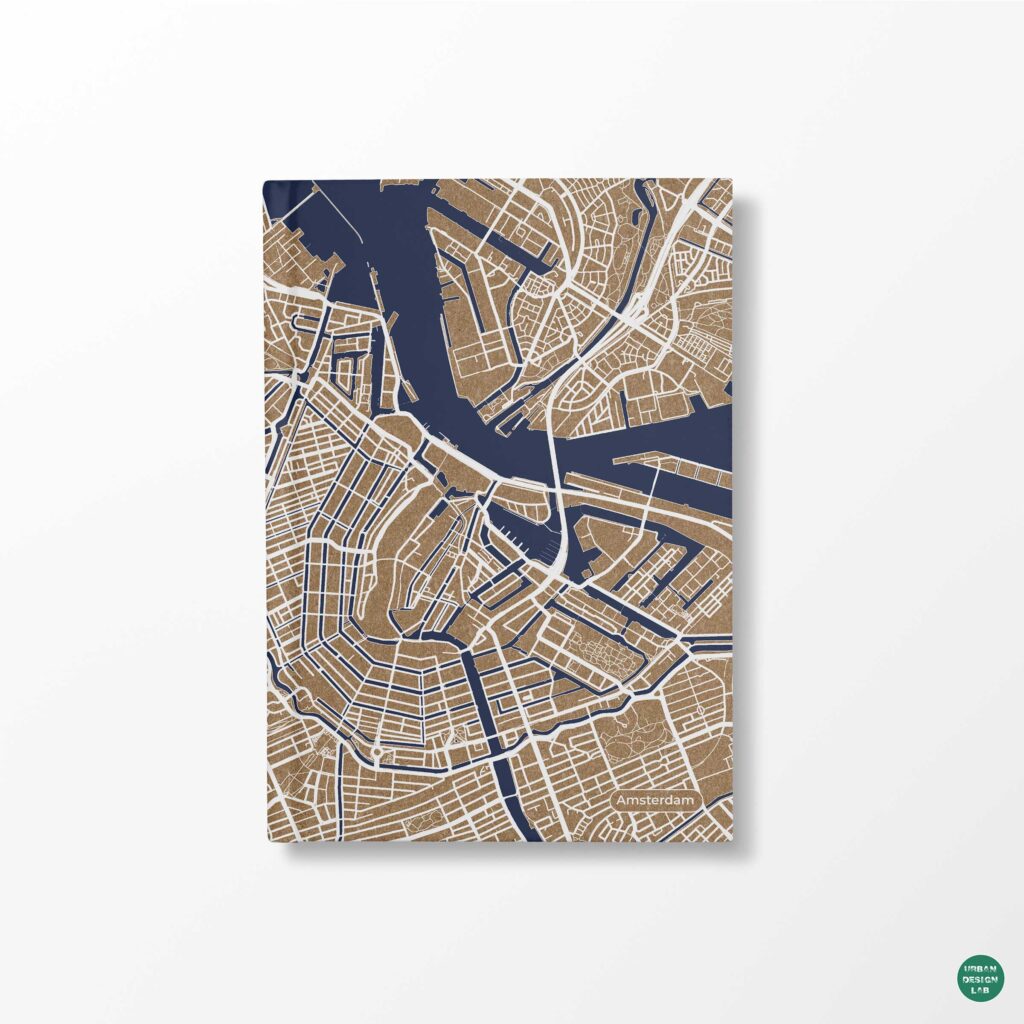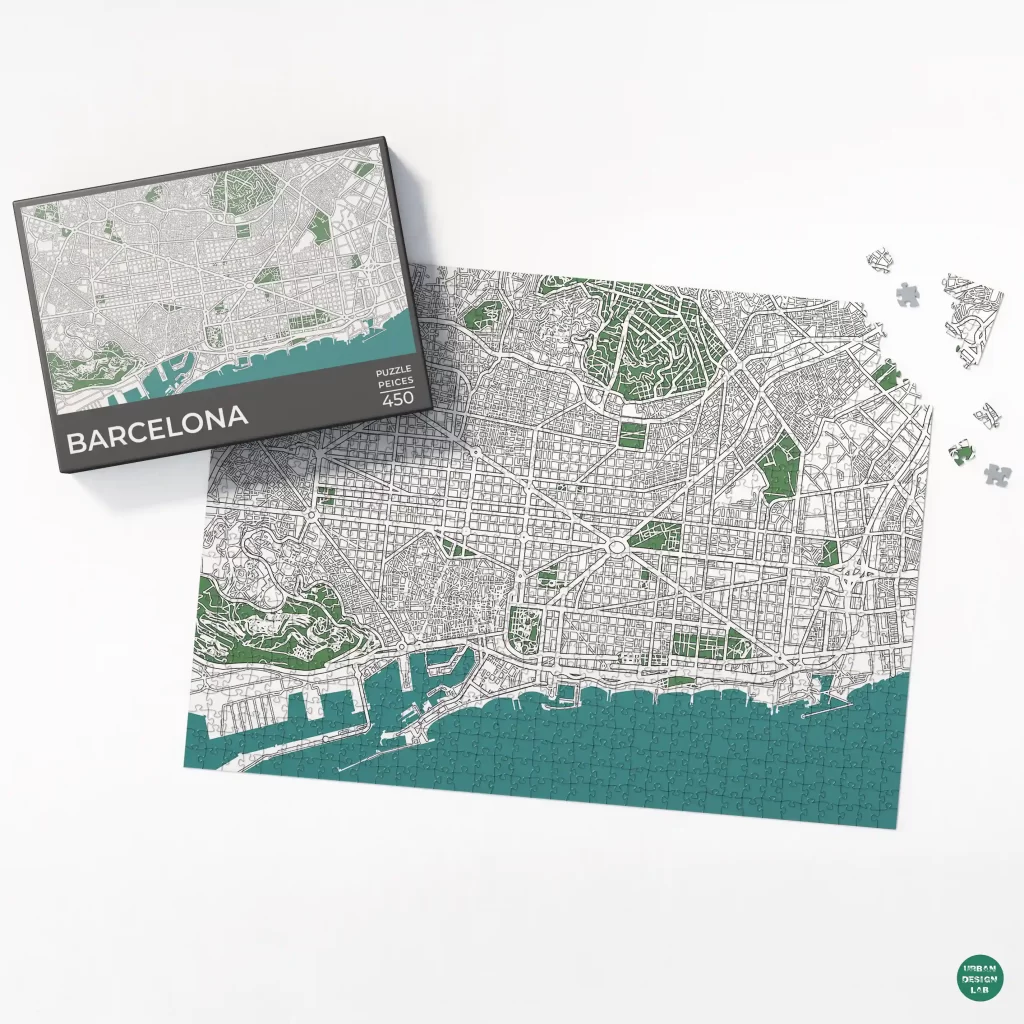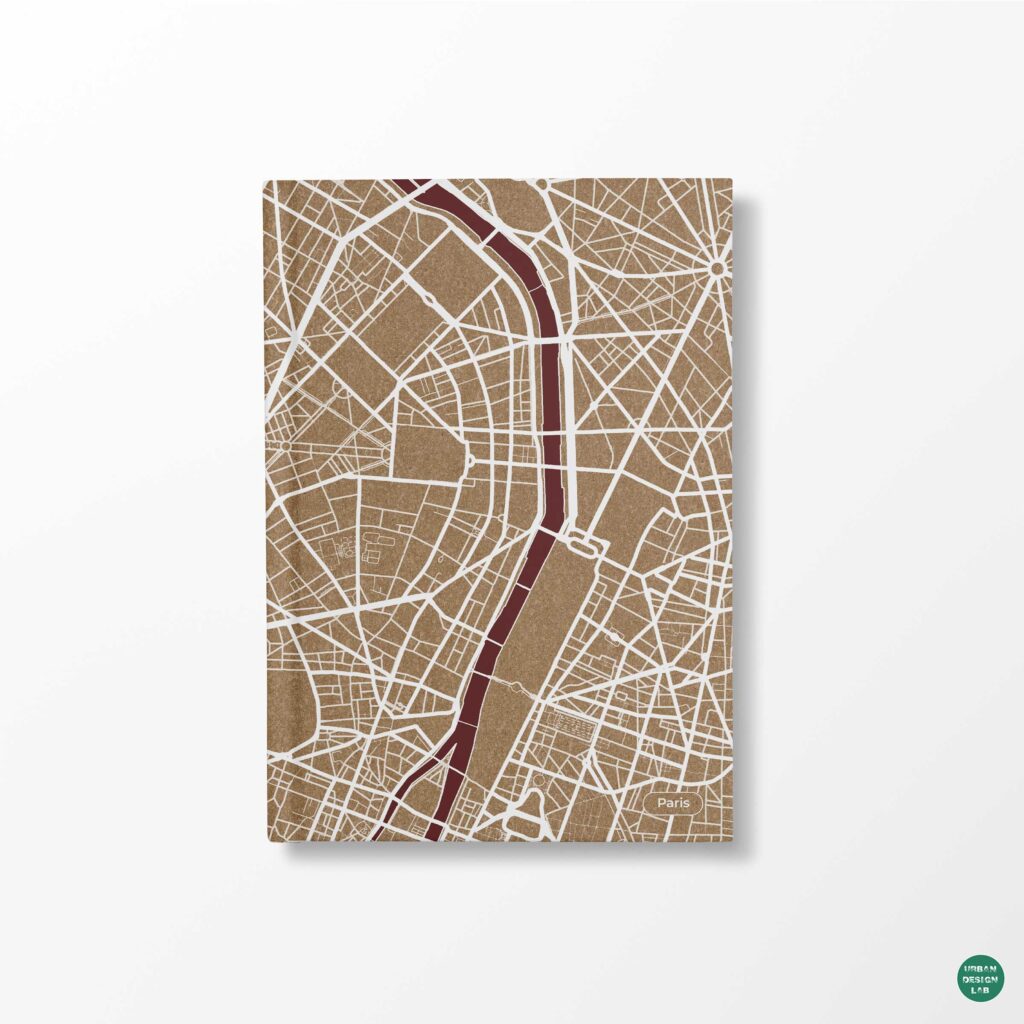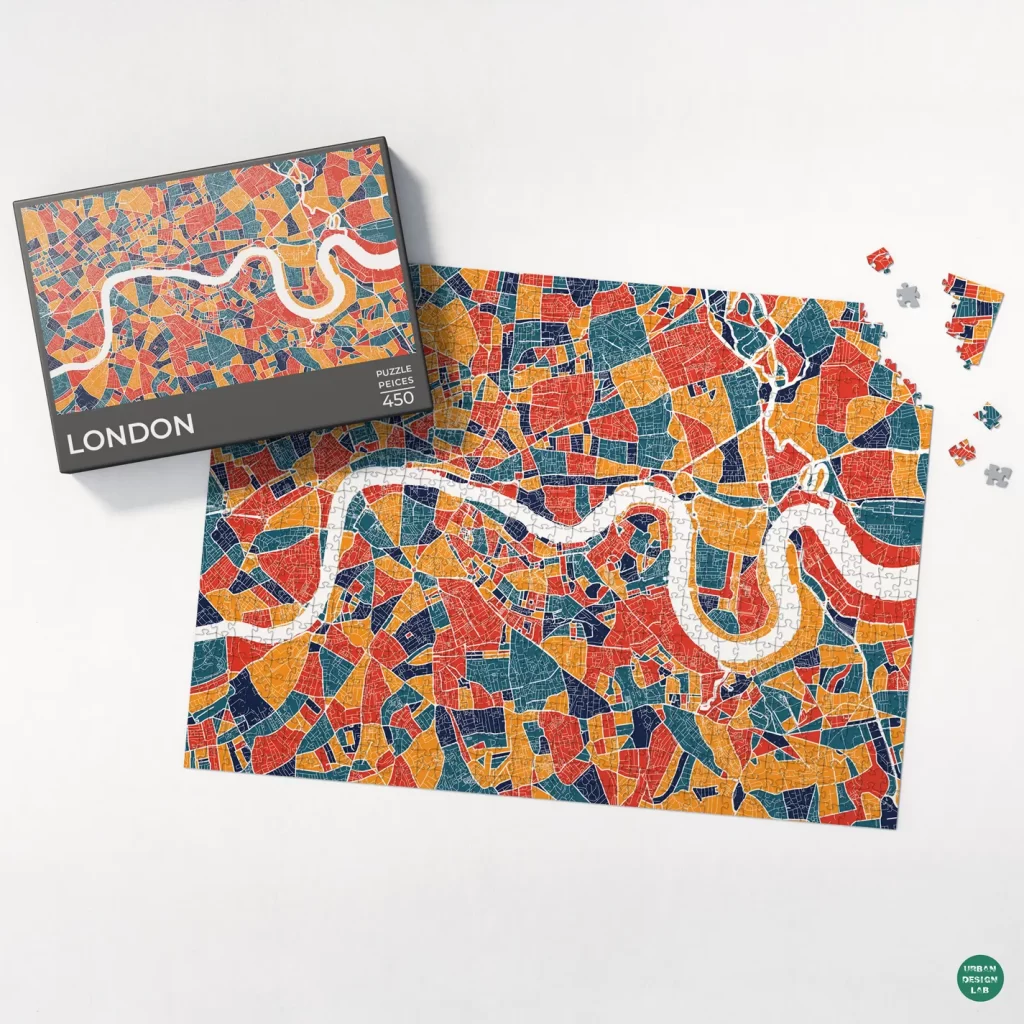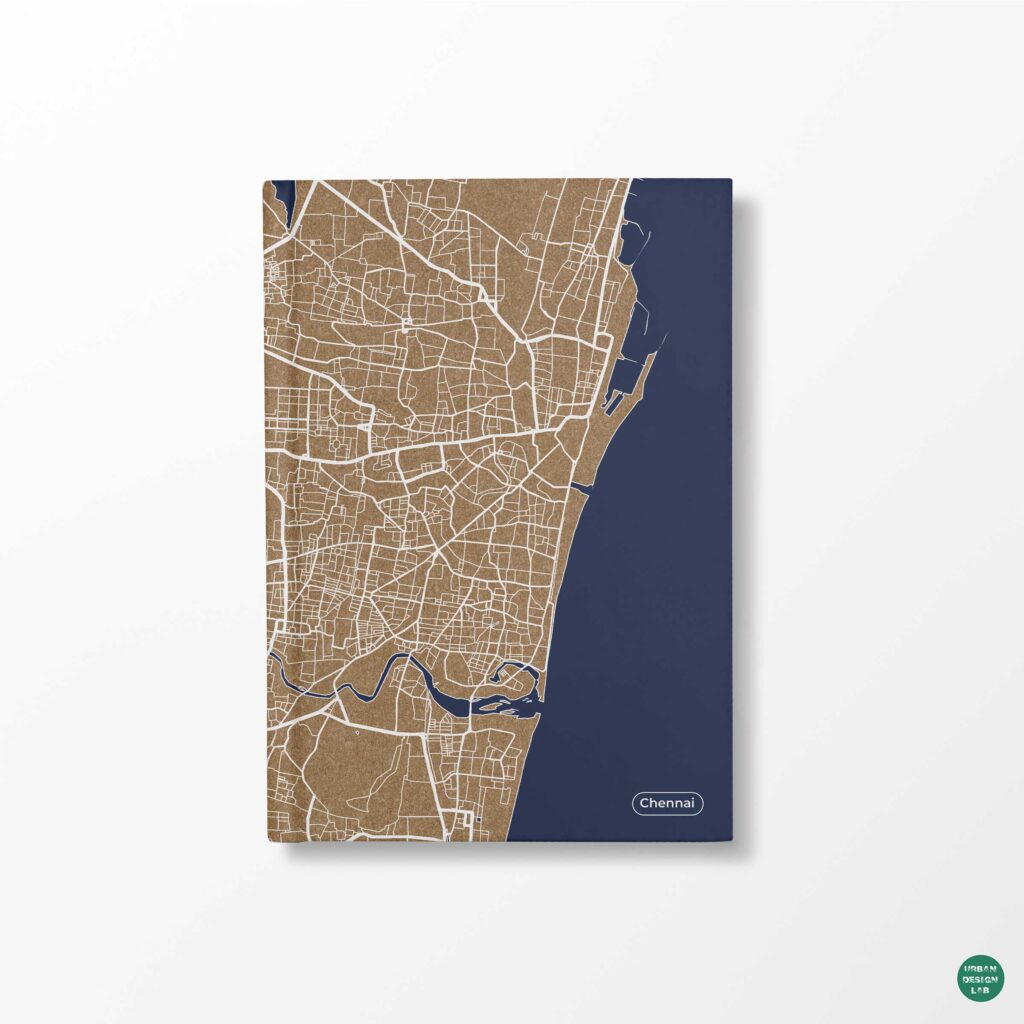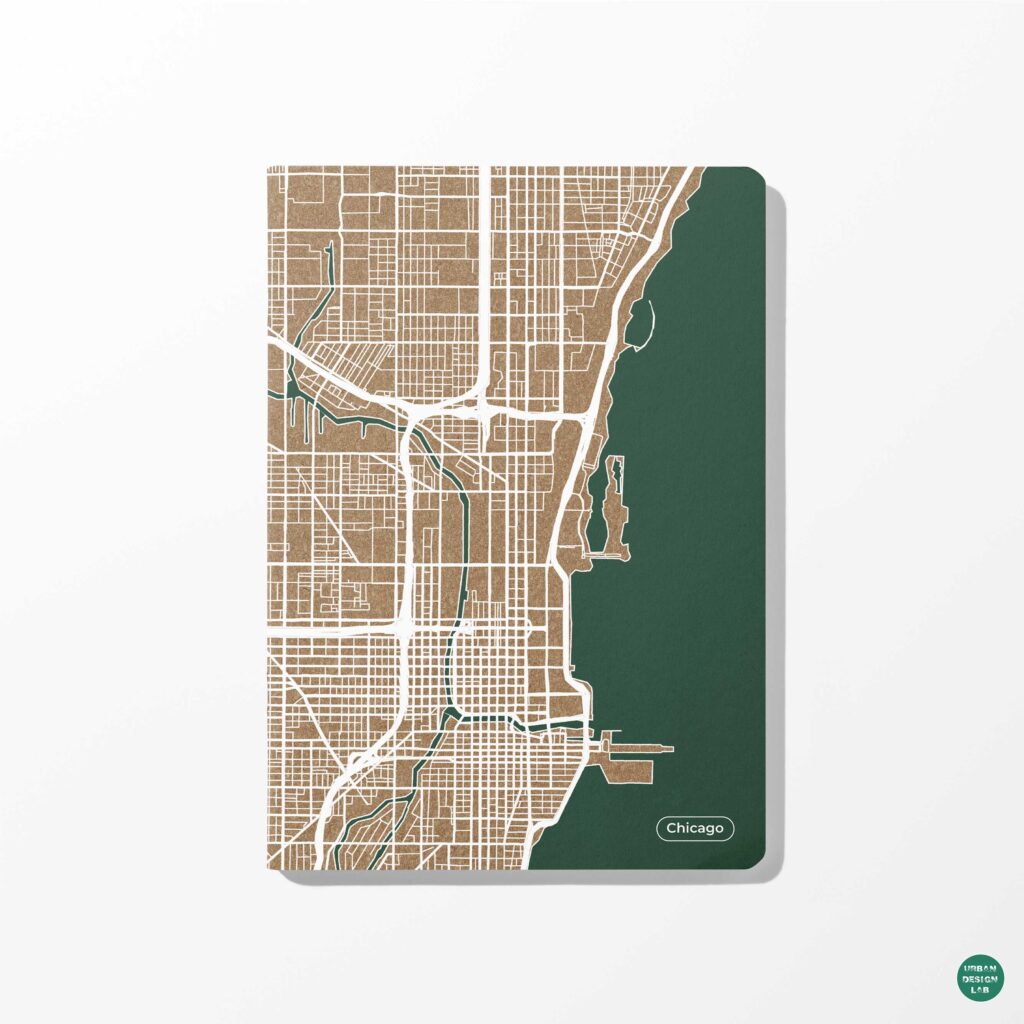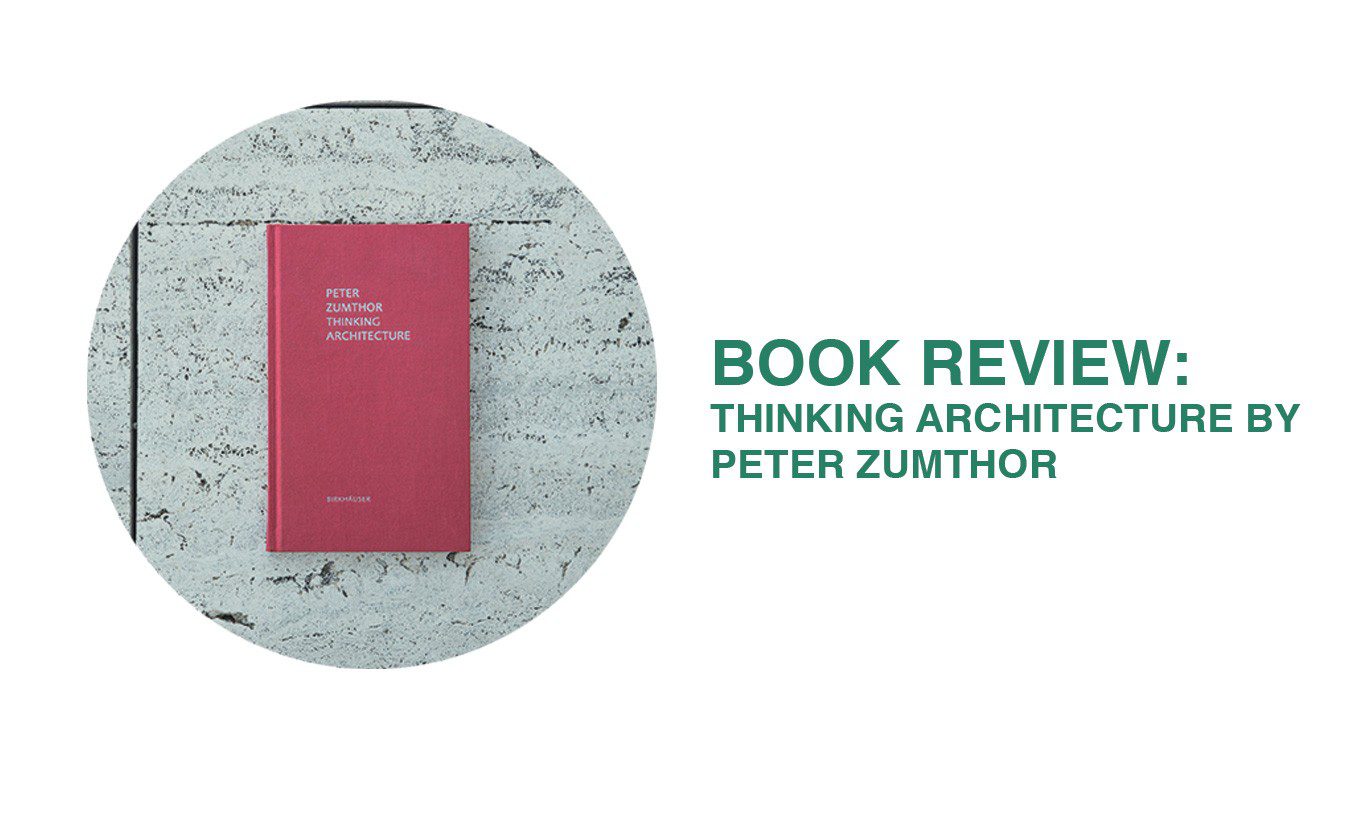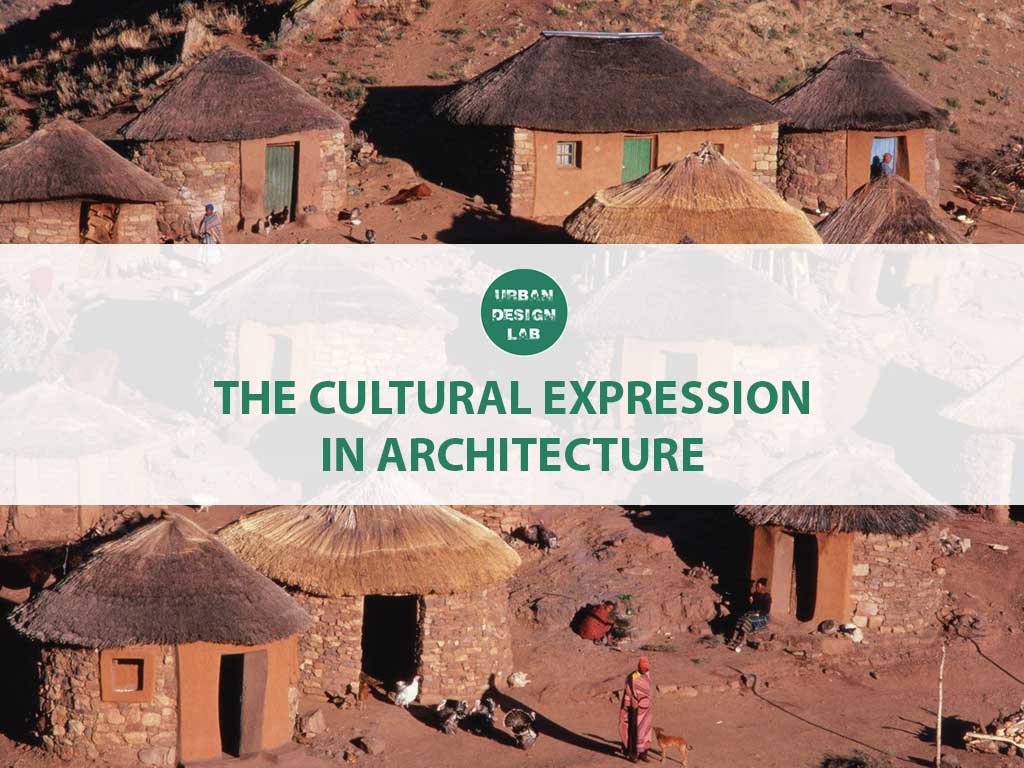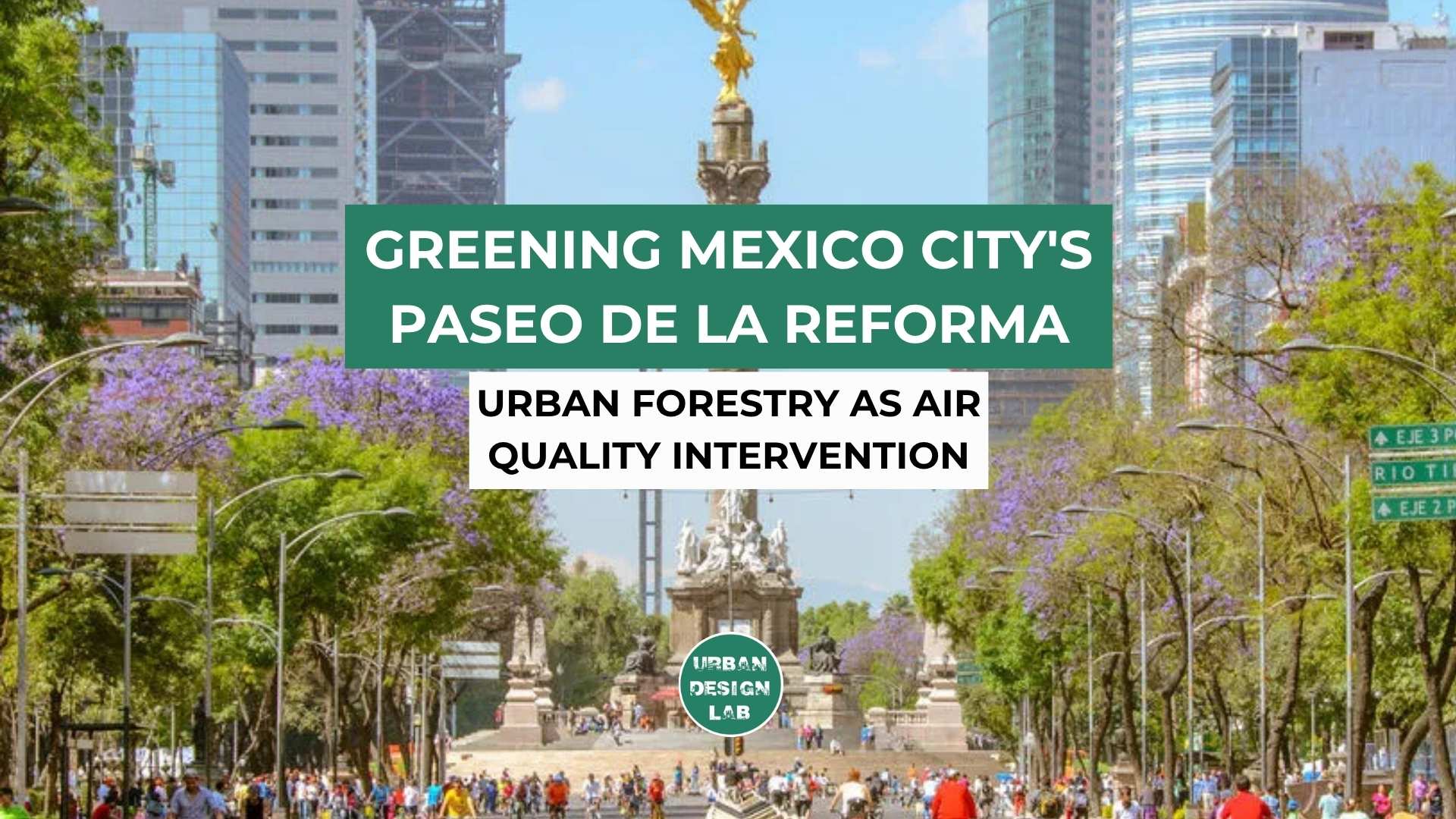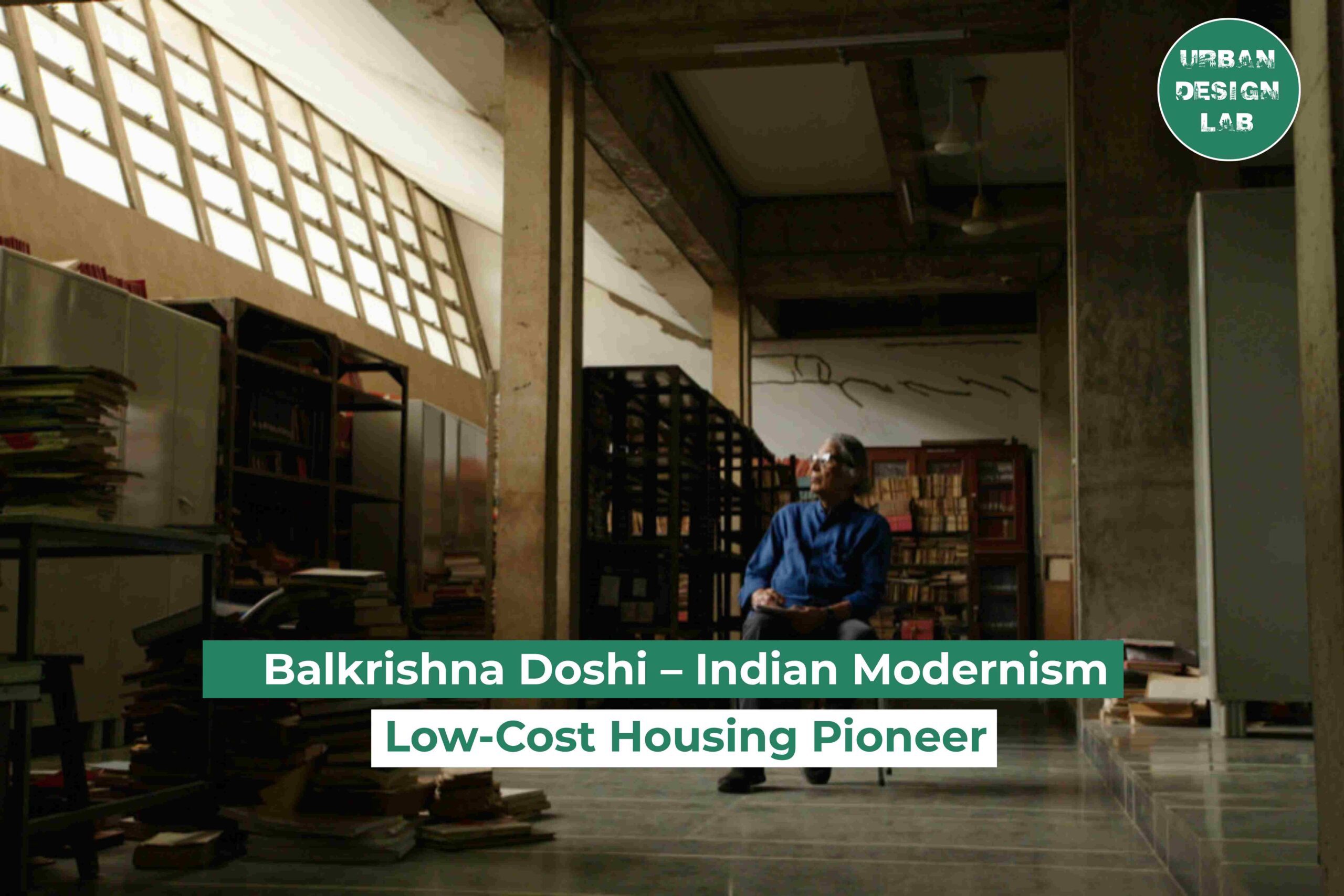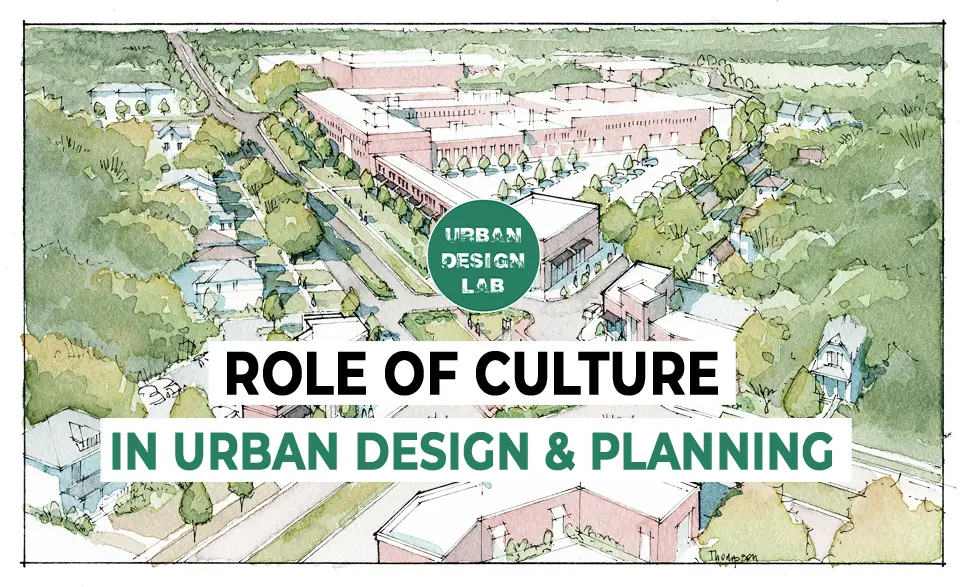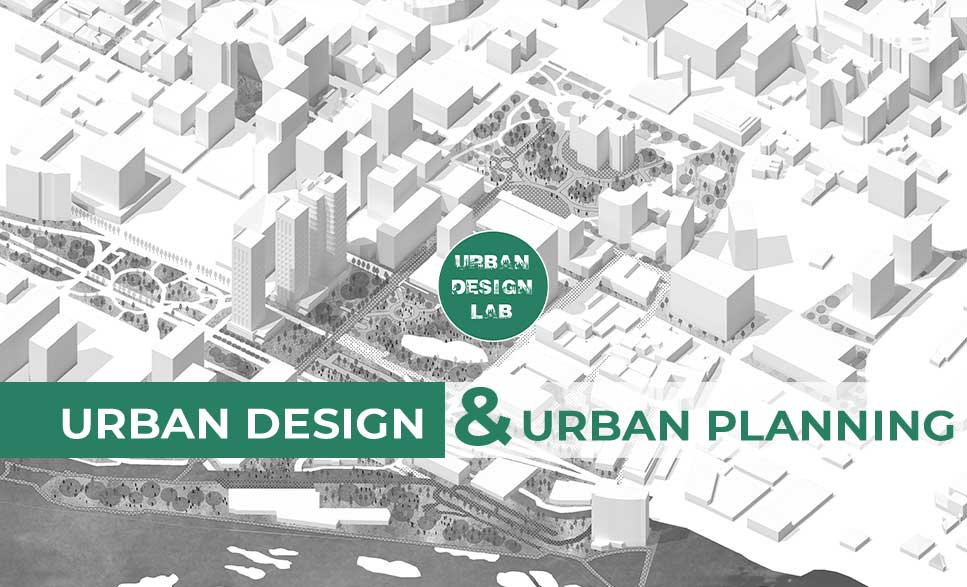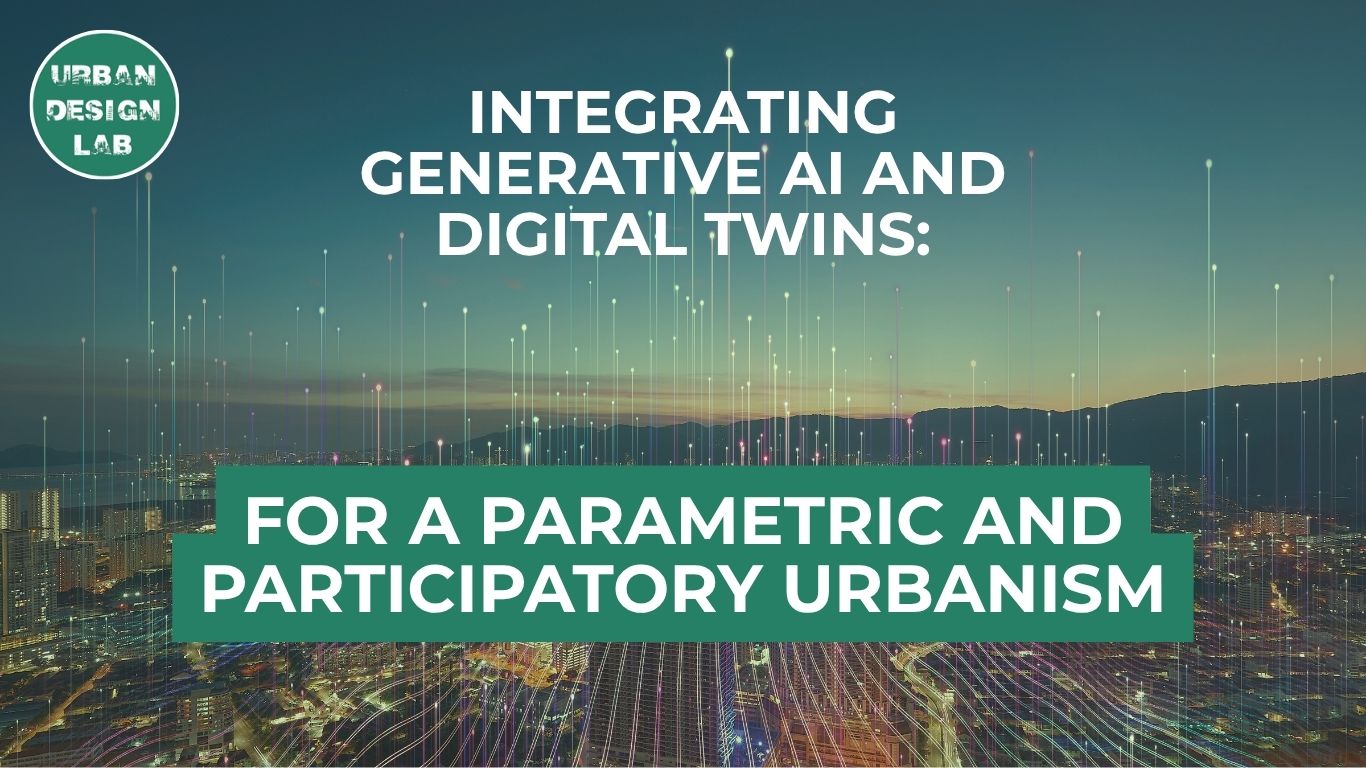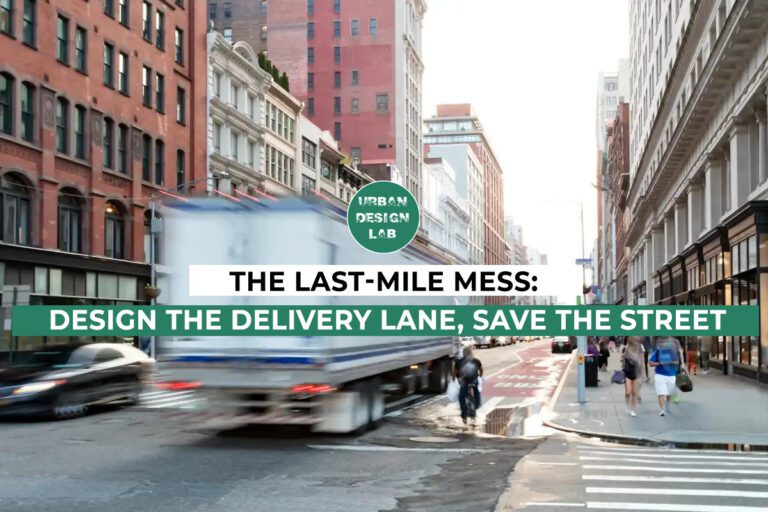
Promoting Urban Wellness: Enhancing Health through Transit-Oriented Development (SDG3)
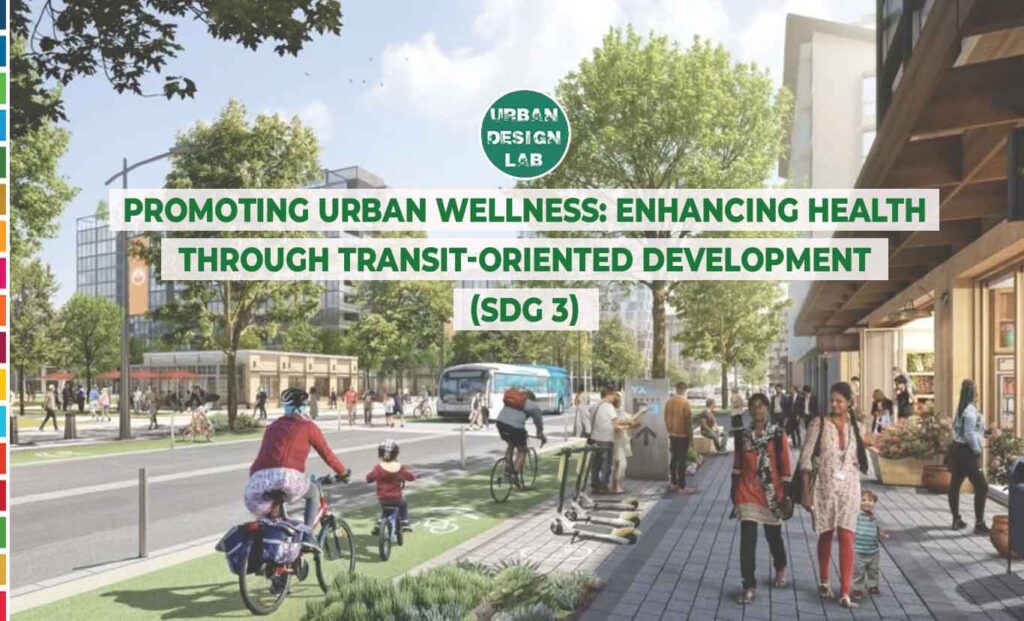
Transit-Oriented Development (TOD) offers a promising avenue for enhancing urban health and well-being, aligning with Sustainable Development Goal 3. This article delves into the theoretical underpinnings of this relationship, exploring how TOD’s integration of public transport, housing, workplaces, and amenities within walking distance can create healthier urban environments.
By fostering active lifestyles, reducing pollution, and improving accessibility, TOD can significantly impact physical, mental, and social health. This article examines the mechanisms behind these impacts, discussing the role of equitable planning in ensuring health benefits reach all residents. It also highlights the importance of considering factors such as walkability, green spaces, and community engagement in TOD design.
Through a combination of theoretical frameworks, empirical evidence, and case studies, this article aims to provide a comprehensive understanding of how TOD can be a catalyst for urban wellness. It offers insights for policymakers and urban planners seeking to create healthier and more sustainable cities.
1. Understanding Transit-Oriented Development (TOD)
Transit-Oriented Development (TOD) is a strategic approach to urban planning that centers around public transportation hubs. This model integrates residential, commercial, and retail spaces within a walkable distance of train, bus, or subway stations. The core concept of TOD is to create vibrant, mixed-use communities that minimize reliance on private vehicles and promote sustainable transportation.
Key principles of TOD include:
• Walk: Prioritize pedestrian-friendly environments with sidewalks, crosswalks, and safe routes.
• Cycle: Create dedicated bike lanes and infrastructure to encourage cycling as a primary mode of transport.
• Connect: Develop a dense network of streets and paths to improve accessibility and connectivity within the neighborhood.
• Transit: Locate development near high-quality public transportation options to reduce reliance on cars.
• Mix: Plan for a diverse mix of land uses, including residential, commercial, and retail, to create vibrant communities.
• Densify: Optimize population and employment density to support public transit and reduce sprawl.
• Compact: Create regions with short commute times to minimize travel distances and environmental impact.
• Shift: Implement policies to reduce car dependency, such as parking restrictions and incentives for public transportation use.
By adhering to these principles, TOD can create healthier, more equitable, and environmentally sustainable urban environments.

2. Historical Background: The Evolution of TOD Approach
The concept of Transit-Oriented Development (TOD) has its roots in early 20th-century urban planning movements. The Garden City concept, pioneered by Ebenezer Howard, emphasized self-contained communities with a balance of residential, commercial, and green spaces, often centered around a transportation hub. This laid the groundwork for the idea of integrating land use and transportation. Later, the New Urbanism movement of the late 20th century furthered these principles by promoting walkable, mixed-use neighborhoods. However, it was the publication of Peter Calthorpe’s “The Next American Metropolis” in 1993 that solidified TOD as a distinct urban planning approach. Calthorpe emphasized the importance of high-density development around transit stations to reduce car dependency, improve air quality, and create vibrant communities.
Since then, TOD has evolved and matured, with numerous successful implementations worldwide. It has become a cornerstone of sustainable urban development, addressing challenges of urban sprawl, traffic congestion, and environmental impact while enhancing quality of life.

Source: Website Link
3. Theoretical Framework: Urban Planning, TOD, and Health Interconnections
The theoretical foundation of this analysis is rooted in theories of urban planning, public health and sustainable development, with a focus on Sustainable Development Goal 3 (SDG3) – ensuring healthy lives and promoting well-being for all. Using Ecological Systems Theory, it posits that the built environment, particularly Transit-Oriented Development (TOD), significantly influences health by fostering walkable, mixed-use neighborhoods with accessible public transportation. The Social Ecological Model further underscores the interaction between individual behaviors and broader societal factors, including community design and policy. Integrating TOD into urban planning aims to enhance community health, reduce environmental impacts, and promote urban wellness in line with SDG3.
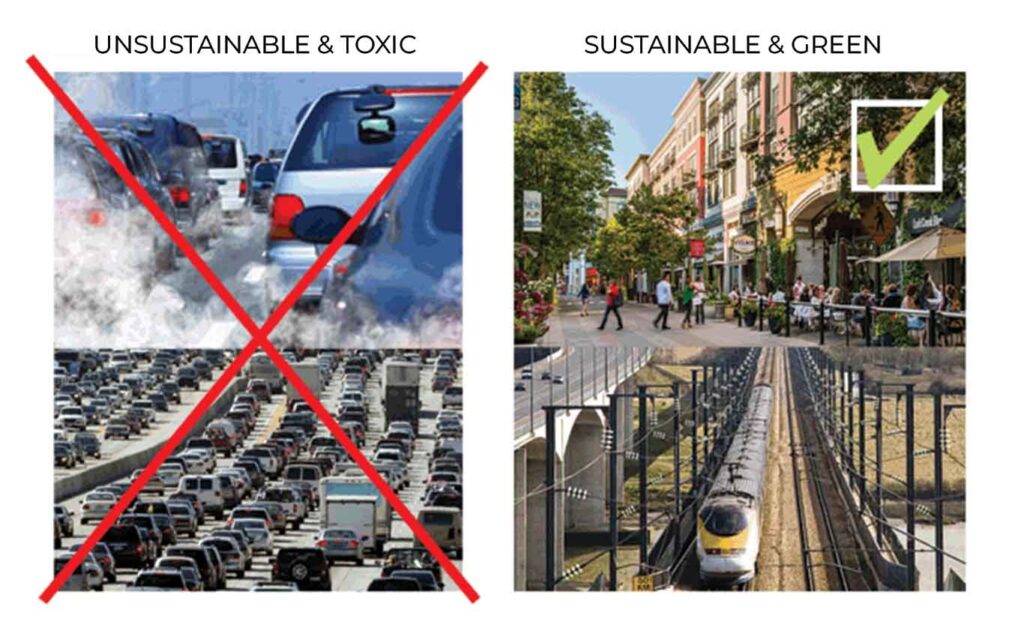
4. TOD via the SDG 3 Lens: A Catalyst for Sustainable Urban Development
Transit-Oriented Development (TOD) is closely aligned with Sustainable Development Goal 3 (SDG3): Good Health and Well-being. By integrating residential, commercial, and retail spaces around public transportation hubs, TOD significantly enhances physical, mental, and social health.
TOD contribution to SDG3 targets:
- Reducing Premature Mortality (SDG 3.4): TOD promotes active transportation and improves air quality, lowering risks for obesity, heart disease, and respiratory problems.
- Promoting Mental Health (SDG 3.4): TOD fosters social connections, reduces stress through lower traffic and noise, and provides access to green spaces, all of which support mental health.
- Improving Maternal and Child Health (SDG 3.1, 3.2): TOD improves access to healthcare and creates safer environments for children, enhancing overall well-being.
By addressing these specific targets, TOD demonstrates its potential to create healthier and more sustainable urban environments.

Source: author
5. TOD: A Pathway to Urban Wellness and Health
TOD has a profound impact on urban wellness by promoting physical, mental, and social well-being.
Physical Health:
- Active Living: TOD encourages walking, biking, and using public transportation, leading to increased physical activity levels and reduced rates of obesity and chronic diseases.
- Air Quality: By reducing car traffic, TOD contributes to improved air quality, benefiting respiratory health.
- Access to Healthcare: Proximity to public transportation can facilitate access to healthcare facilities and preventive services.
Mental Health:
- Social Connection: TOD fosters a sense of community and social interaction, which can positively impact mental health.
- Reduced Stress: Lower levels of traffic congestion and noise pollution associated with TOD can contribute to reduced stress and improved well-being.
- Access to Green Spaces: TOD often includes parks and green spaces, which have been linked to improved mental health outcomes.
Social Well-being:
- Equity: Well-planned TOD can promote social equity by providing access to jobs, education, and healthcare for residents of all income levels.
- Safety: TOD neighborhoods with active street life and diverse populations tend to have lower crime rates.
- Quality of Life: TOD can enhance the overall quality of life by providing residents with a variety of amenities and opportunities within a walkable environment.
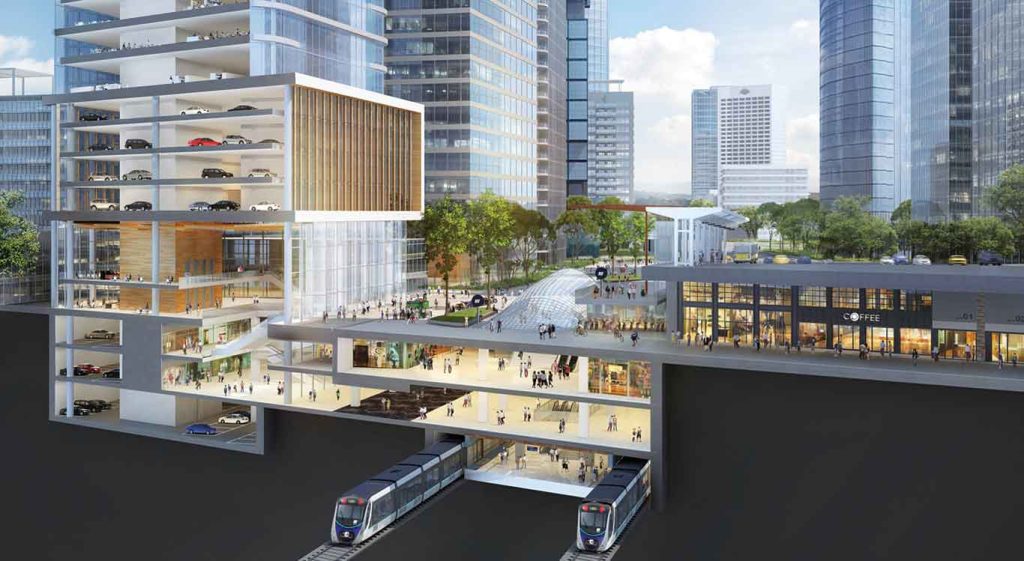
6. Case Study: The Pearl District, Portland, Oregon
Overview: The Pearl District is a notable example of successful Transit-Oriented Development (TOD) in Portland, Oregon. This former industrial area has been transformed into a vibrant, mixed-use neighborhood centered around the Portland Streetcar and light rail systems.
Impact on Urban Wellness:
- Physical Health: The district’s design encourages walking and cycling, with numerous pedestrian pathways and bike lanes. Residents benefit from increased physical activity, contributing to lower obesity rates and improved cardiovascular health.
- Mental Health: The integration of green spaces, including the Fields Park, provides recreational areas that reduce stress and improve mental well-being. The pedestrian-friendly environment fosters social interaction, enhancing community connections.
- Social Well-being: The Pearl District includes affordable housing options alongside upscale residences, promoting social equity. The lively street life and mixed-use nature of the development have reduced crime rates and created a safer, more inclusive community.
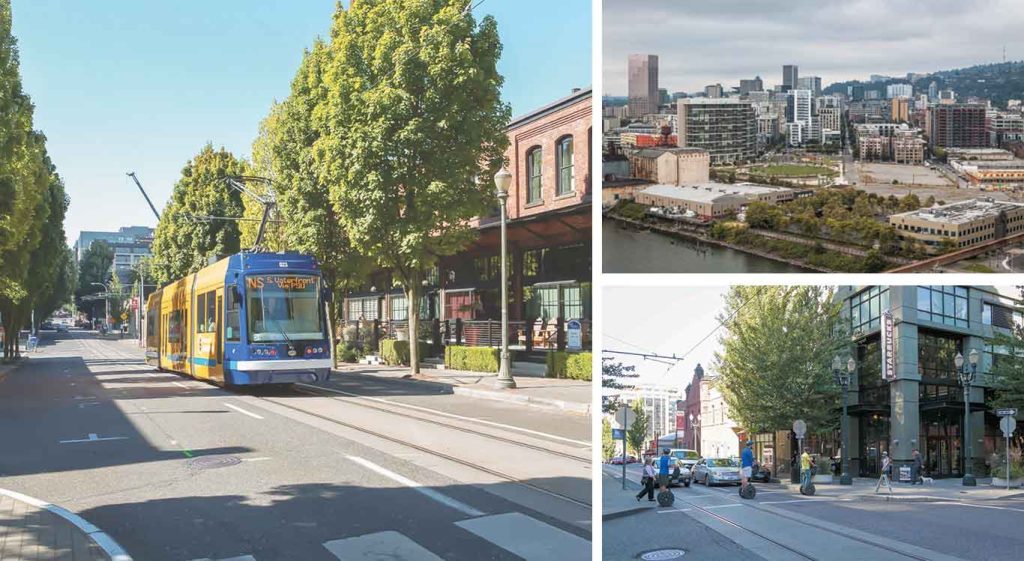
7. Challenges and Opportunities for TOD Implementation
While the concept of Transit-Oriented Development (TOD) as a catalyst for urban wellness is promising, several challenges hinder its full potential. Firstly, defining and measuring health outcomes related to TOD is complex. Distinguishing between direct and indirect impacts, and accounting for confounding factors, requires robust methodologies. Secondly, the implementation of TOD often faces barriers such as high land costs, political resistance, and insufficient public transportation infrastructure. Thirdly, equity concerns arise, as the benefits of TOD may not be equally distributed across different socioeconomic groups. Addressing these challenges requires interdisciplinary collaboration, innovative planning strategies, and equitable policy frameworks to maximize the positive impacts of TOD on urban health.
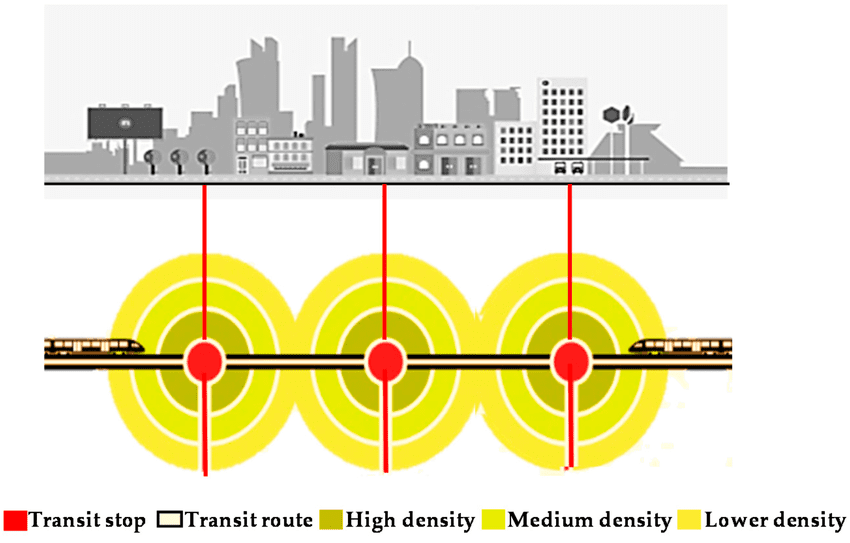
8. Future Directions: Expanding TOD's Impact Evaluation on Urban Wellness and Health
Geographic Information System (GIS) can be a powerful tool for assessing the impact of TOD on SDG 3 by providing a spatial perspective on health and well-being outcomes. Key applications include:
- Mapping Health Indicators: GIS can be used to map the distribution of health indicators, such as rates of obesity, diabetes, and respiratory disease, within TOD and non-TOD areas.
- Analyzing Accessibility: GIS can assess the accessibility of healthcare facilities, parks, and other amenities within walking distance of public transportation stations.
- Evaluating Air Quality: GIS can be used to model air pollution levels and assess the impact of TOD on air quality.
- Assessing Walkability and Bike-ability: GIS can evaluate the pedestrian and cycling infrastructure within TOD areas and identify potential improvements.
- Monitoring Land Use Change: GIS can track changes in land use patterns over time to evaluate the implementation of TOD plans.
- Social Equity Analysis: GIS can help identify disparities in access to TOD benefits among different socioeconomic groups.
-1
-1
-1
Conclusion
By prioritizing transit-oriented development (TOD), cities can significantly contribute to SDG3: Good Health and Well-being. TOD fosters active transportation, reduces pollution, and creates walkable communities, all of which are essential for improving public health. Investing in green spaces, community facilities, and accessible public transit within TODs enhances residents’ quality of life. As cities continue to grow, embracing TOD as a cornerstone of urban planning is crucial for building healthier, more sustainable, and equitable communities.
Let us strive for a future where urban environments are not just places to live, but thriving ecosystems promoting physical and mental well-being for all.
References
Institute for Transportation and Development Policy. (n.d.). Eight principles of TOD. TOD Standard. https://tod.itdp.org/what-is-tod/eight-principles-of-tod.html
World Health Organization. (n.d.). Targets of Sustainable Development Goal 3. World Health Organization. https://who-sandbox.squiz.cloud/en/health-topics/health-policy/sustainable-development-goals/sustainable-development-goals-sdgs/targets-of-sustainable-development-goal-3
Energy Innovation. (2015). Pearl District case study. https://energyinnovation.org/wp-content/uploads/2015/11/Pearl-District-Case-Study.pdf
The Architect’s Diary. (n.d.). Transit-oriented development: India’s urban game changer. The Architect’s Diary. https://thearchitectsdiary.com/transit-oriented-development-indias-urban-game-changer/

Reem Farghaly
About the Author
Reem Farghaly is an enthusiastic architect who graduated in 2023 from the Arab Academy for Science, Technology and Maritime Transport. She commenced her postgraduate studies the same year, driven by a strong passion for research and reading. Reem is particularly interested in urban design and architecture. Keen on gaining knowledge within the field, she is committed to exploring innovative solutions and advancing her expertise in architectural design and sustainability.
Related articles


Barcelona to Eliminate All Short-Term Rentals by 2029
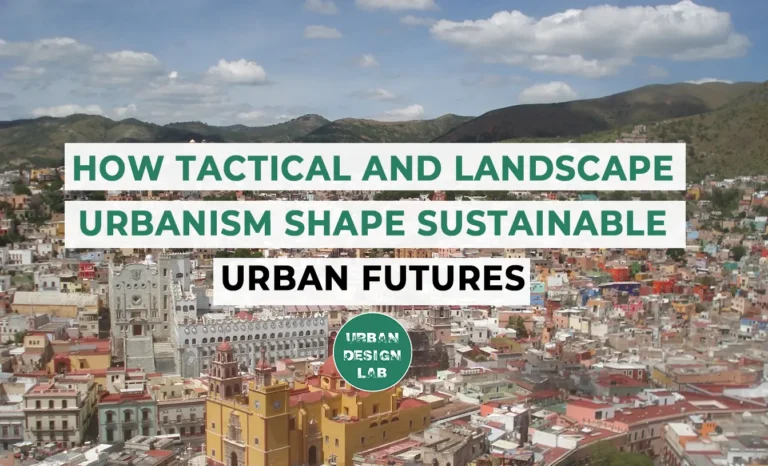
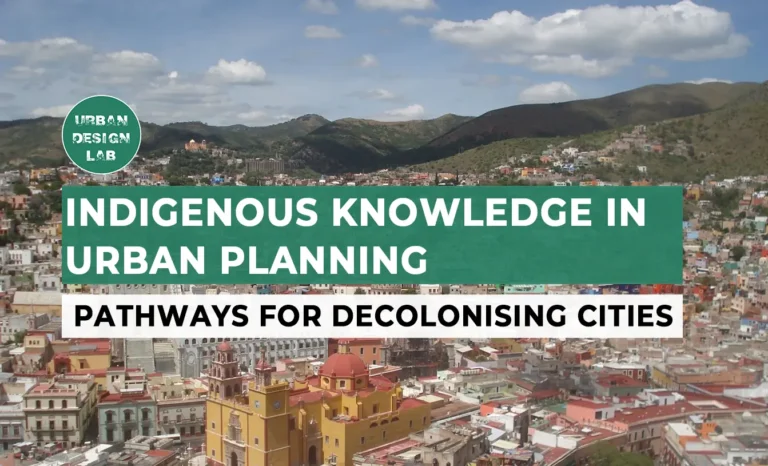
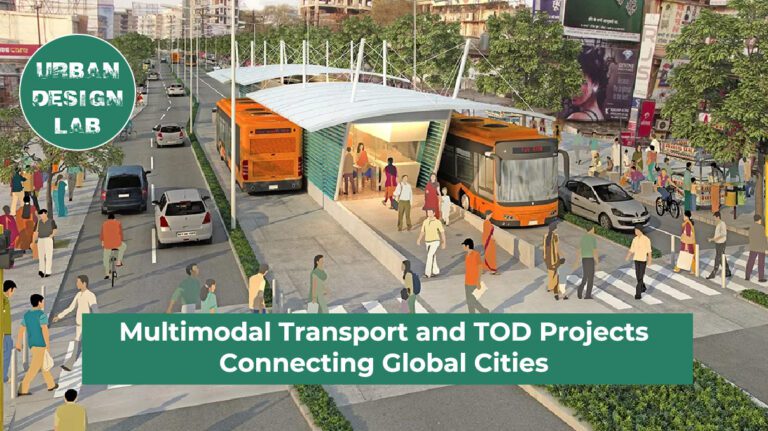

Richard Meier: Where Modernism Meets Elegance
UDL GIS
Masterclass
Gis Made Easy- Learn to Map, Analyse and Transform Urban Futures
Session Dates
15th-19th December 2025

Urban Design Lab
Be the part of our Network
Stay updated on workshops, design tools, and calls for collaboration
Curating the best graduate thesis project globally!

Free E-Book
From thesis to Portfolio
A Guide to Convert Academic Work into a Professional Portfolio”
Recent Posts
- Article Posted:
- Article Posted:
- Article Posted:
- Article Posted:
- Article Posted:
- Article Posted:
- Article Posted:
- Article Posted:
- Article Posted:
- Article Posted:
- Article Posted:
- Article Posted:
- Article Posted:
Sign up for our Newsletter
“Let’s explore the new avenues of Urban environment together “
